Home>Furniture & Design>Interior Design Trends>How To Break Tempered Glass


Interior Design Trends
How To Break Tempered Glass
Modified: February 18, 2024
Learn the safest and most effective techniques for breaking tempered glass in line with the latest interior design trends. Master the art of glass removal with our expert tips.
(Many of the links in this article redirect to a specific reviewed product. Your purchase of these products through affiliate links helps to generate commission for Storables.com, at no extra cost. Learn more)
Introduction
Breaking tempered glass can be a daunting task, especially if you're unfamiliar with the process. Whether you're looking to replace a broken window, remove a glass shower door, or simply need to dispose of tempered glass, knowing how to break it safely and effectively is essential. Tempered glass, also known as toughened glass, is designed to withstand high impact and is commonly used in various applications, including windows, doors, and furniture. Unlike regular glass, tempered glass is heat-treated to increase its strength and shatter resistance. This makes it more challenging to break using conventional methods.
Understanding the properties of tempered glass and the appropriate tools and techniques for breaking it is crucial to ensure a successful outcome. In this guide, we will delve into the intricacies of breaking tempered glass, providing you with the knowledge and confidence to tackle this task with precision and safety in mind. Whether you're a DIY enthusiast or a professional in the construction and renovation industry, mastering the art of breaking tempered glass is a valuable skill that can save time, money, and effort.
Now, let's embark on this journey to unravel the secrets of breaking tempered glass, equipping you with the expertise to handle this specialized material with finesse and proficiency.
Key Takeaways:
- Master the art of breaking tempered glass with safety and precision using essential tools and techniques. Prioritize safety, follow step-by-step instructions, and ensure proper disposal for successful outcomes.
- Understanding tempered glass properties and safety precautions empowers individuals to handle glass-related tasks confidently, contributing to cost savings, environmental responsibility, and enhanced safety in DIY and professional projects.
Read more: How Does Tempered Glass Break
Understanding Tempered Glass
Tempered glass, also known as toughened glass, is a type of safety glass that is processed through thermal or chemical treatments to enhance its strength and durability. Unlike regular glass, tempered glass is designed to resist shattering and is commonly used in applications where safety is paramount. The unique properties of tempered glass make it a popular choice for various architectural, automotive, and household purposes.
The process of tempering glass involves heating the glass to a high temperature and then rapidly cooling it using blasts of air. This rapid cooling process, known as quenching, creates internal stresses within the glass, resulting in increased tensile strength and resistance to impact. As a result, tempered glass is significantly stronger than standard glass and is less likely to break under normal circumstances. However, when it does break, it shatters into small, relatively harmless fragments, reducing the risk of serious injury.
One of the key characteristics of tempered glass is its ability to withstand thermal stress. This makes it suitable for use in environments where temperature differentials are common, such as glass doors, windows, and shower enclosures. Additionally, tempered glass is highly resistant to scratches and abrasions, making it an ideal choice for high-traffic areas and applications where durability is essential.
In terms of safety, tempered glass offers significant advantages over conventional glass. Its shatter-resistant properties make it a preferred option for automotive windows, glass railings, and public facilities where safety is a primary concern. Furthermore, the tempered glass is designed to meet stringent safety standards, providing peace of mind to consumers and businesses alike.
Understanding the unique properties and benefits of tempered glass is essential for anyone working with or around this specialized material. Whether you're a homeowner, contractor, or design professional, having a thorough knowledge of tempered glass can help you make informed decisions when it comes to selecting, installing, and handling glass products. By grasping the intricacies of tempered glass, you can ensure the safety, longevity, and aesthetic appeal of your glass installations, contributing to a secure and visually stunning environment.
In the next section, we will explore the essential tools and equipment required for breaking tempered glass effectively and safely.
Tools and Equipment Needed
When it comes to breaking tempered glass, having the right tools and equipment is crucial for achieving a successful outcome while ensuring safety throughout the process. Here's a comprehensive list of the essential items you'll need to effectively break tempered glass:
-
Safety Glasses and Gloves: Prioritize your safety by wearing impact-resistant safety glasses and durable gloves to protect your eyes and hands from potential glass shards and debris.
-
Glass Cutter or Diamond-Edged Cutting Tool: A high-quality glass cutter or a diamond-edged cutting tool is essential for scoring the surface of the tempered glass. This initial step creates a weakened line along which the glass will break when pressure is applied.
-
Masking Tape: Use high-quality masking tape to create a guide along the area where you intend to break the glass. This helps contain the glass shards and minimizes the risk of unpredictable shattering.
-
Wooden Blocks or Pliers: Wooden blocks or pliers are useful for applying pressure to the scored line, facilitating the controlled breakage of the tempered glass.
-
Drop Cloth or Tarp: Lay down a drop cloth or tarp to catch any glass fragments and keep the work area clean. This also aids in easy cleanup after the glass has been broken.
-
Safety Hammer or Mallet: A safety hammer or mallet with a non-metallic head is ideal for gently tapping the glass along the scored line to initiate the break.
-
Protective Barrier or Partition: If you're working with large glass panels or doors, consider setting up a protective barrier or partition to contain the glass fragments and prevent them from scattering.
-
Vacuum Cleaner or Broom: After breaking the glass, a vacuum cleaner or broom can be used to carefully remove the glass shards from the work area, ensuring a thorough cleanup.
By assembling these essential tools and equipment, you'll be well-prepared to tackle the task of breaking tempered glass with confidence and precision. Remember to prioritize safety at every stage of the process and proceed with caution to achieve the desired results effectively and safely.
To break tempered glass, apply steady pressure to a corner or edge with a sharp object. Once a small crack forms, continue applying pressure along the crack to break the glass.
Step-by-Step Guide to Breaking Tempered Glass
Breaking tempered glass requires a methodical approach and careful execution to ensure a safe and successful outcome. Follow these step-by-step instructions to effectively break tempered glass:
-
Prepare the Work Area: Begin by clearing the work area and laying down a drop cloth or tarp to catch any glass shards. Ensure that the surrounding space is free from obstacles and that you have ample room to maneuver during the glass-breaking process.
-
Put on Safety Gear: Prioritize safety by wearing impact-resistant safety glasses and durable gloves to protect your eyes and hands from potential glass shards and debris. Additionally, consider wearing long sleeves and sturdy footwear to provide added protection.
-
Mark the Cutting Line: Use masking tape to create a guide along the area where you intend to break the glass. This helps contain the glass shards and provides a visual reference for the cutting line.
-
Score the Glass: With a glass cutter or diamond-edged cutting tool, carefully score the surface of the tempered glass along the marked cutting line. Apply firm and consistent pressure to create a weakened line that will facilitate the breakage process.
-
Apply Pressure: Once the glass is scored, place wooden blocks or pliers on either side of the scored line. Slowly and evenly apply pressure to the glass, focusing on the area where the glass has been scored. This pressure helps initiate the controlled break along the scored line.
-
Initiate the Break: Using a safety hammer or mallet with a non-metallic head, gently tap the glass along the scored line. Apply gradual pressure and continue tapping along the line until the glass fractures along the scored path. Exercise caution and maintain a steady pace to avoid sudden and unpredictable shattering.
-
Clean Up: After the glass has been successfully broken, carefully remove the glass shards from the work area using a vacuum cleaner or broom. Dispose of the glass fragments in a secure and appropriate manner, ensuring that no sharp pieces are left behind.
By following these step-by-step instructions, you can confidently and safely break tempered glass, whether you're replacing a window, removing a glass door, or handling glass in a construction or renovation project. Remember to proceed with caution, prioritize safety at every stage, and take the necessary measures to contain and dispose of the glass fragments responsibly.
This comprehensive guide equips you with the knowledge and practical steps to tackle the task of breaking tempered glass effectively and safely, empowering you to handle this specialized material with confidence and precision.
Safety Precautions
When breaking tempered glass, prioritizing safety is paramount to prevent injuries and ensure a smooth and controlled process. Here are essential safety precautions to adhere to:
-
Protective Gear: Always wear impact-resistant safety glasses and durable gloves to shield your eyes and hands from glass shards and debris. Additionally, consider wearing long sleeves and sturdy footwear to provide added protection against potential injuries.
-
Secure Work Area: Clear the work area of any obstacles and ensure that it is well-ventilated. Lay down a drop cloth or tarp to catch glass shards and facilitate easy cleanup. If working with large glass panels, consider setting up a protective barrier or partition to contain the glass fragments and prevent them from scattering.
-
Caution with Tools: Handle glass cutters, diamond-edged cutting tools, wooden blocks, and safety hammers with care. Ensure that these tools are in good condition and used appropriately to minimize the risk of accidents.
-
Controlled Pressure: When applying pressure to the scored line, do so gradually and evenly using wooden blocks or pliers. Avoid sudden or excessive force, as this can lead to uncontrolled shattering of the glass.
-
Gentle Tapping: When initiating the break with a safety hammer or mallet, maintain a steady and gentle tapping motion along the scored line. Exercise caution to prevent the glass from fracturing unpredictably.
-
Proper Disposal: After breaking the glass, carefully remove the glass shards from the work area using a vacuum cleaner or broom. Dispose of the glass fragments in a secure and appropriate manner, ensuring that no sharp pieces are left behind.
By adhering to these safety precautions, you can effectively mitigate the risks associated with breaking tempered glass and ensure a safe and controlled process. Prioritizing safety at every stage of the glass-breaking process is essential for protecting yourself and others while achieving the desired outcome efficiently and responsibly.
Read more: How To Tell If Glass Is Tempered
Conclusion
In conclusion, mastering the art of breaking tempered glass is a valuable skill that empowers individuals to handle this specialized material with confidence, precision, and safety. By understanding the unique properties of tempered glass and the appropriate tools and techniques for breaking it, individuals can effectively tackle tasks such as replacing windows, removing glass doors, or managing glass in construction and renovation projects.
The process of breaking tempered glass requires careful planning, meticulous execution, and a steadfast commitment to safety. From preparing the work area to wearing protective gear and following a methodical approach to scoring and breaking the glass, each step plays a crucial role in ensuring a successful outcome. By adhering to essential safety precautions and utilizing the right tools and equipment, individuals can navigate the process with confidence and minimize the risks associated with handling tempered glass.
Furthermore, the ability to break tempered glass safely and effectively contributes to a sustainable and responsible approach to glass disposal and replacement. Whether it's for personal DIY projects or professional endeavors, having the knowledge and expertise to handle tempered glass can lead to cost savings, reduced environmental impact, and enhanced safety for oneself and others.
By following the comprehensive guide and embracing the best practices for breaking tempered glass, individuals can embark on glass-related tasks with confidence and proficiency. The combination of knowledge, skill, and safety measures ensures that the process is not only successful but also contributes to a secure and visually appealing environment.
In essence, breaking tempered glass is not merely a technical task; it is a demonstration of competence, responsibility, and respect for the unique properties of this specialized material. With the insights gained from this guide, individuals are equipped to approach the task of breaking tempered glass with the expertise and mindfulness it deserves, ultimately leading to successful outcomes and a heightened sense of accomplishment.
Frequently Asked Questions about How To Break Tempered Glass
Was this page helpful?
At Storables.com, we guarantee accurate and reliable information. Our content, validated by Expert Board Contributors, is crafted following stringent Editorial Policies. We're committed to providing you with well-researched, expert-backed insights for all your informational needs.


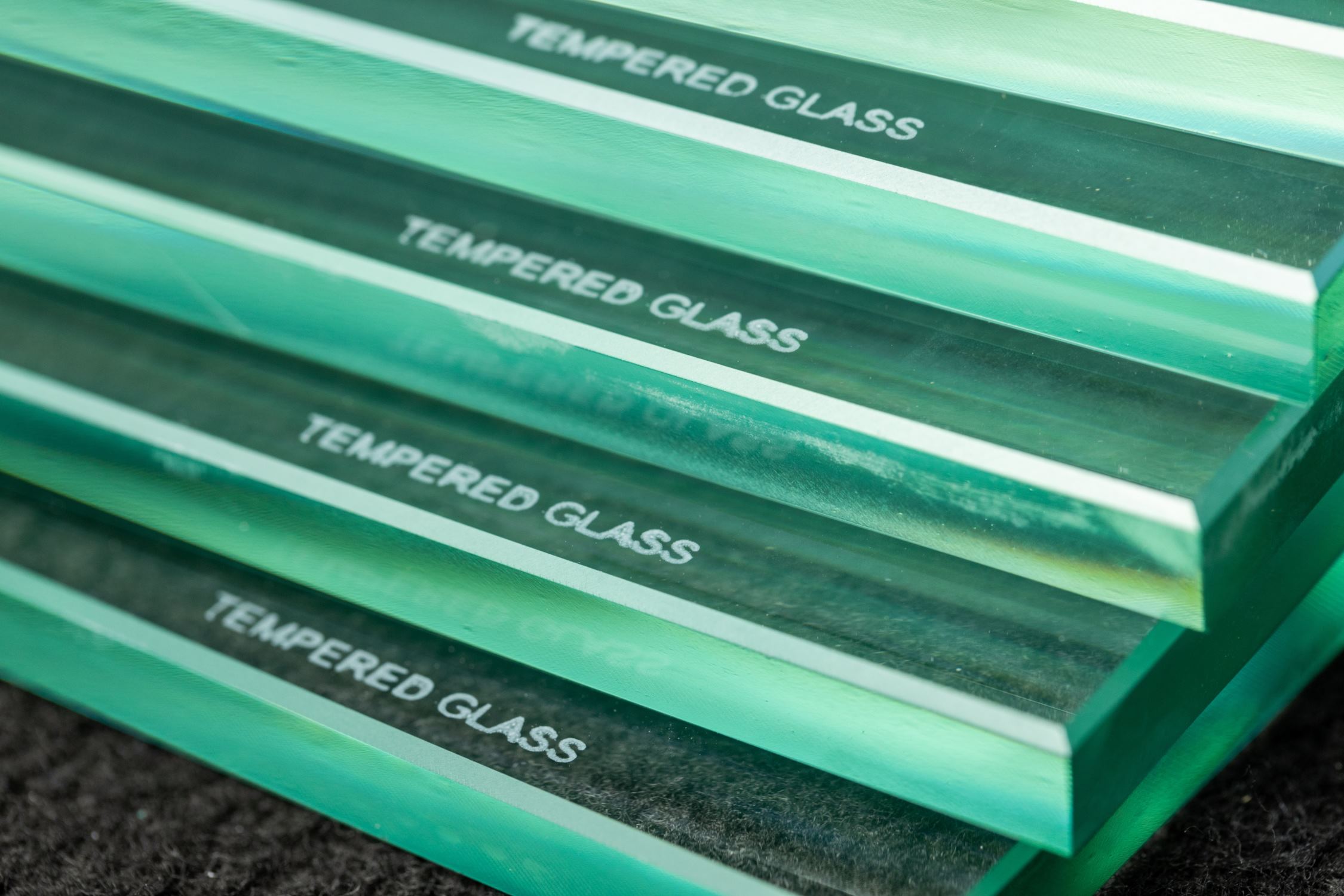




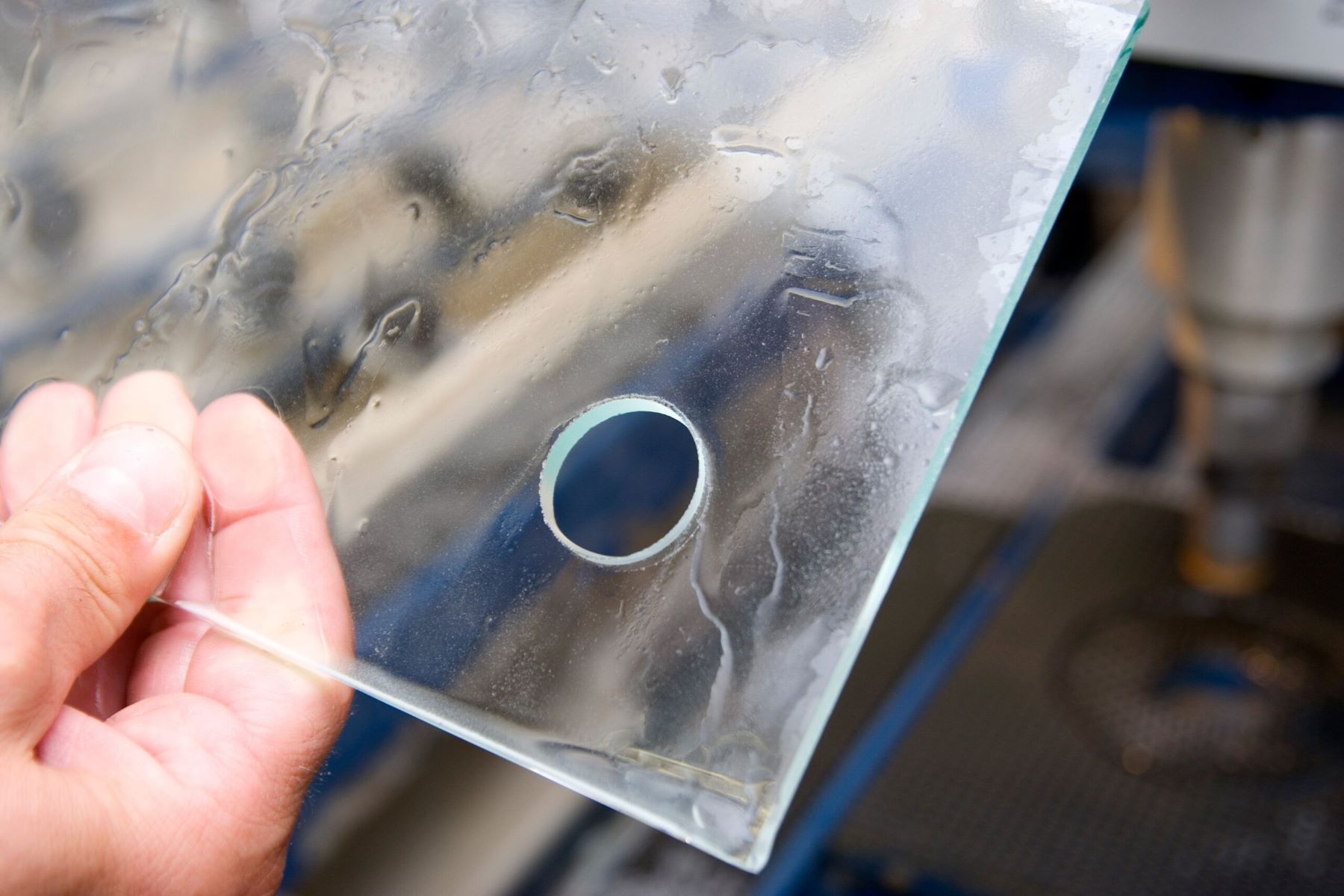



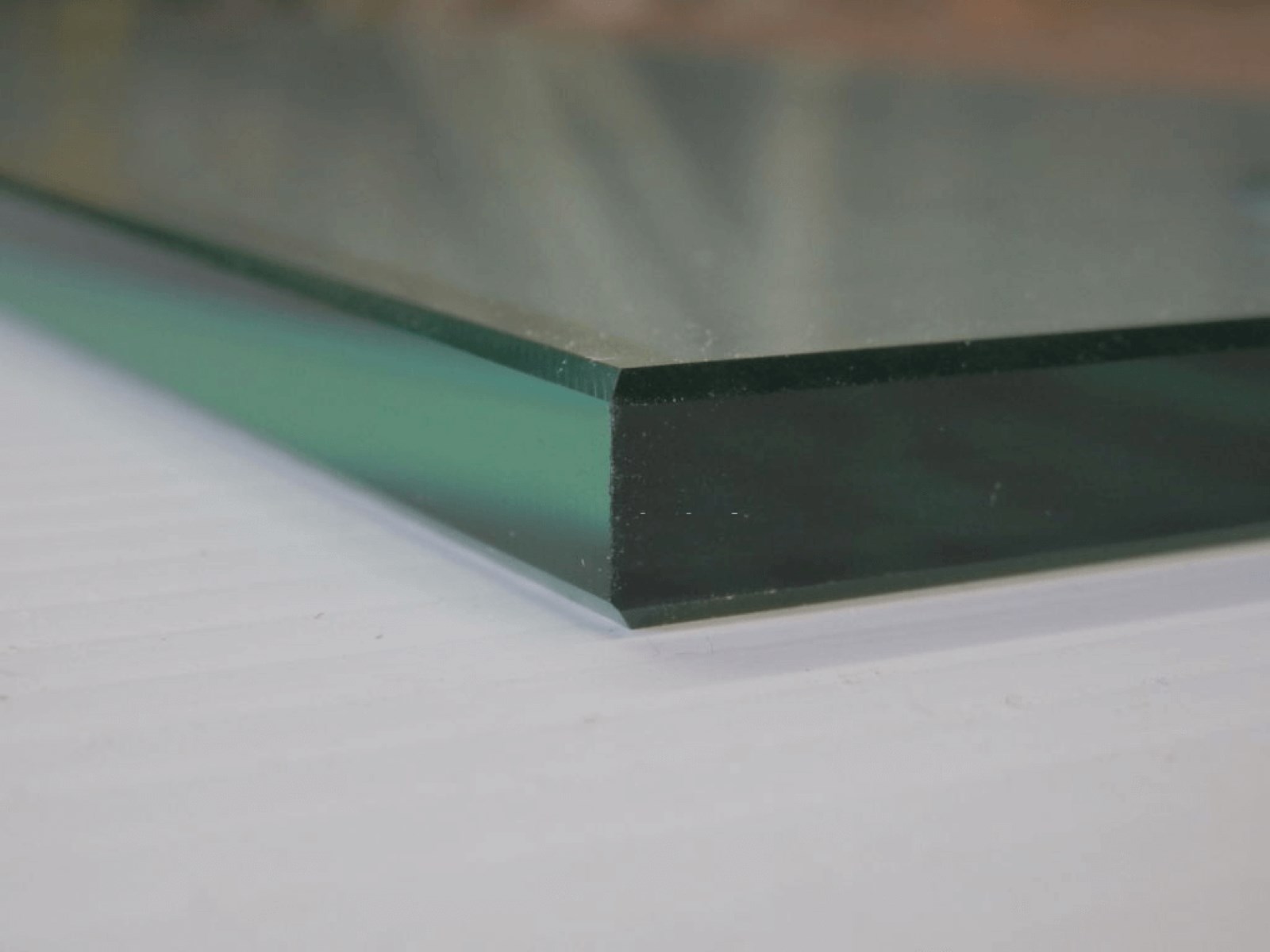
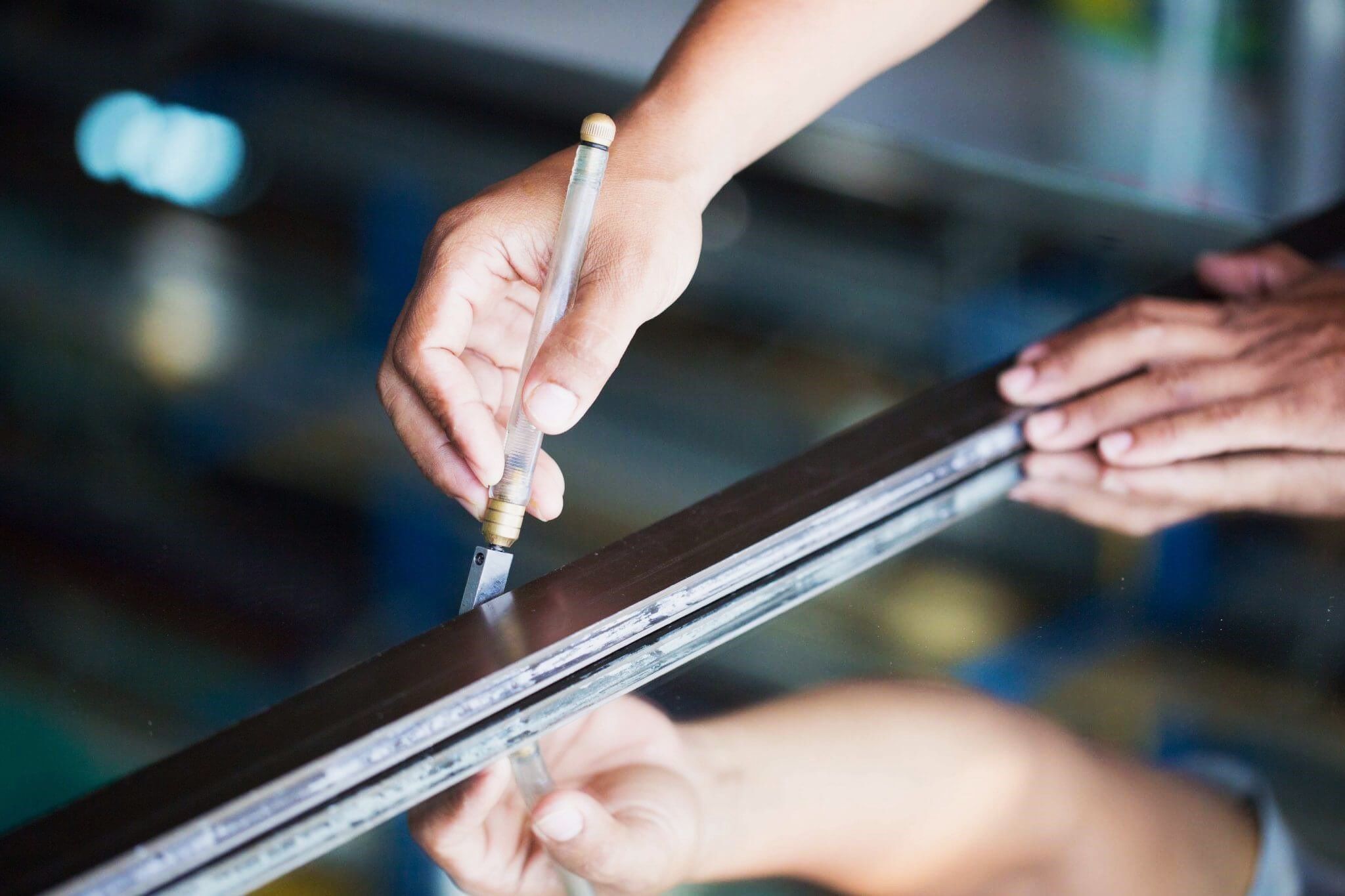
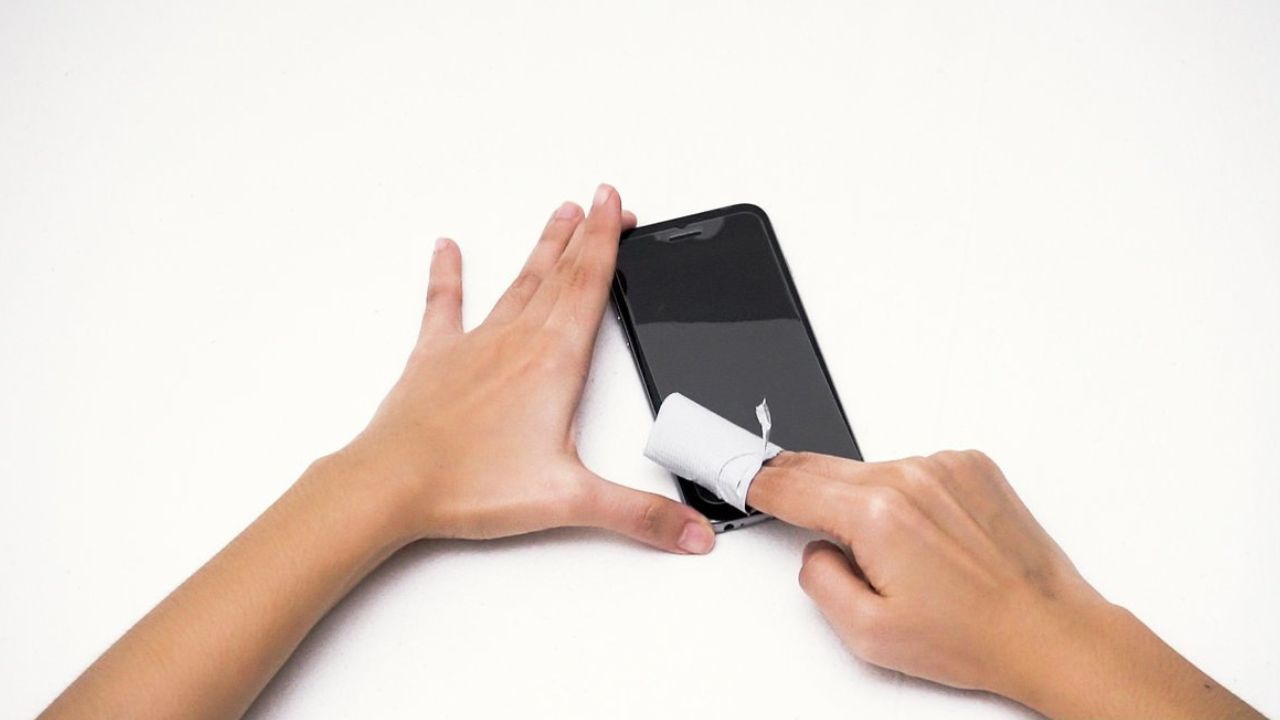

0 thoughts on “How To Break Tempered Glass”